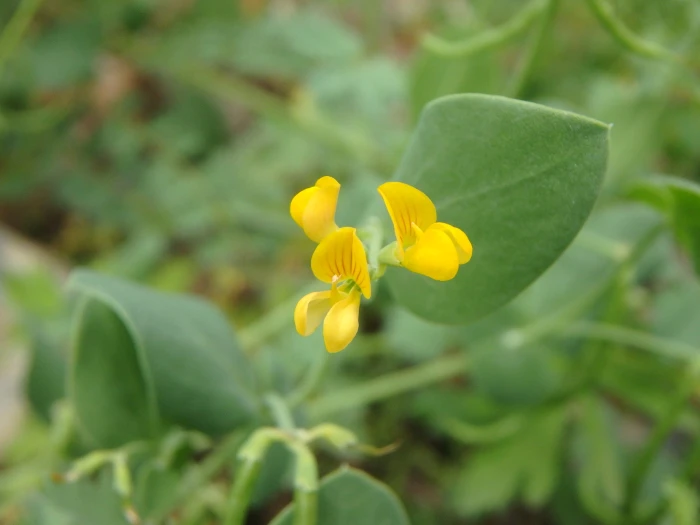Yellow Crownvetch
(Coronilla scorpioides)
Yellow Crownvetch (Coronilla scorpioides)
/
/

Daniel Cahen
CC BY 4.0
Image By:
Daniel Cahen
Recorded By:
Copyright:
CC BY 4.0
Copyright Notice:
Photo by: Daniel Cahen | License Type: CC BY 4.0 | License URL: http://creativecommons.org/licenses/by/4.0/ | Rights Holder: Daniel Cahen | Publisher: iNaturalist | Date Created: 2018-06-13T12:38:38-07:00 |






















Estimated Native Range
Climate Requirements for San Antonio, Texas
| This Plant | Your Site | Plant Suitability for Your Location | ||
|---|---|---|---|---|
| • Precipitation | 3" - 75" | 31" | Your precipitation may be too high for this plant. | Too high |
| • High Temp. | 63°F - 108°F | 95°F | Your summer temperatures are normal for this plant. | Excellent |
| • Low Temp. | 10°F - 53°F | 40°F | Your winter temperatures are normal for this plant | Excellent |
This plant may not grow well at your location - your precipitation is too high.
Summary
Coronilla scorpioides, commonly known as yellow crownvetch, is an annual herb that is part of the legume family. It exhibits a self-supporting growth form with compound, broad leaves, and typically grows up to 8 inches tall. The plant is characterized by its bright yellow, pea-like flowers that bloom in late spring to early summer, adding a splash of color to garden settings. Native to the Mediterranean region, it thrives in open areas such as grasslands and meadows, as well as in disturbed sites.
Yellow crownvetch is appreciated for its ornamental qualities, particularly its vibrant flowers which attract pollinators such as bees. It is often used in wildflower mixes, as ground cover, and for erosion control due to its fast growth and ability to fix nitrogen in the soil, improving soil fertility. This plant prefers full sun to part shade and is tolerant of a range of soil types, though it performs best in well-drained soils. It requires low to moderate watering once established, making it a low-maintenance option for gardeners. While not commonly reported as invasive, it can self-seed and spread in favorable conditions, so monitoring and management may be necessary to prevent unwanted spread.CC BY-SA 4.0
Yellow crownvetch is appreciated for its ornamental qualities, particularly its vibrant flowers which attract pollinators such as bees. It is often used in wildflower mixes, as ground cover, and for erosion control due to its fast growth and ability to fix nitrogen in the soil, improving soil fertility. This plant prefers full sun to part shade and is tolerant of a range of soil types, though it performs best in well-drained soils. It requires low to moderate watering once established, making it a low-maintenance option for gardeners. While not commonly reported as invasive, it can self-seed and spread in favorable conditions, so monitoring and management may be necessary to prevent unwanted spread.CC BY-SA 4.0
Plant Description
- Plant Type: Herb
- Height: 0.5-1.5 feet
- Width: 0.5-1 feet
- Growth Rate: Slow
- Flower Color: Yellow
- Flowering Season: Spring, Summer
- Leaf Retention:
Growth Requirements
- Sun: Full Sun
- Water: Medium
- Drainage: Medium
Common Uses
Bee Garden, Butterfly Garden, Low Maintenance, Potted Plant
Natural Habitat
Native to open areas such as grasslands and meadows in the Mediterranean region
Other Names
Common Names: Yellow Crownvetch, Coronila
Scientific Names: Coronilla scorpioides, Arthrolobium scorpioides, Arthrolobium tauricum, Arthrothamnus scorpioides, Artrolobium scorpioides, Artrolobium tauricum, Astrolobium scorpioides, Astrolobium scorpioides, Aviunculus scorpioides
GBIF Accepted Name: Coronilla scorpioides